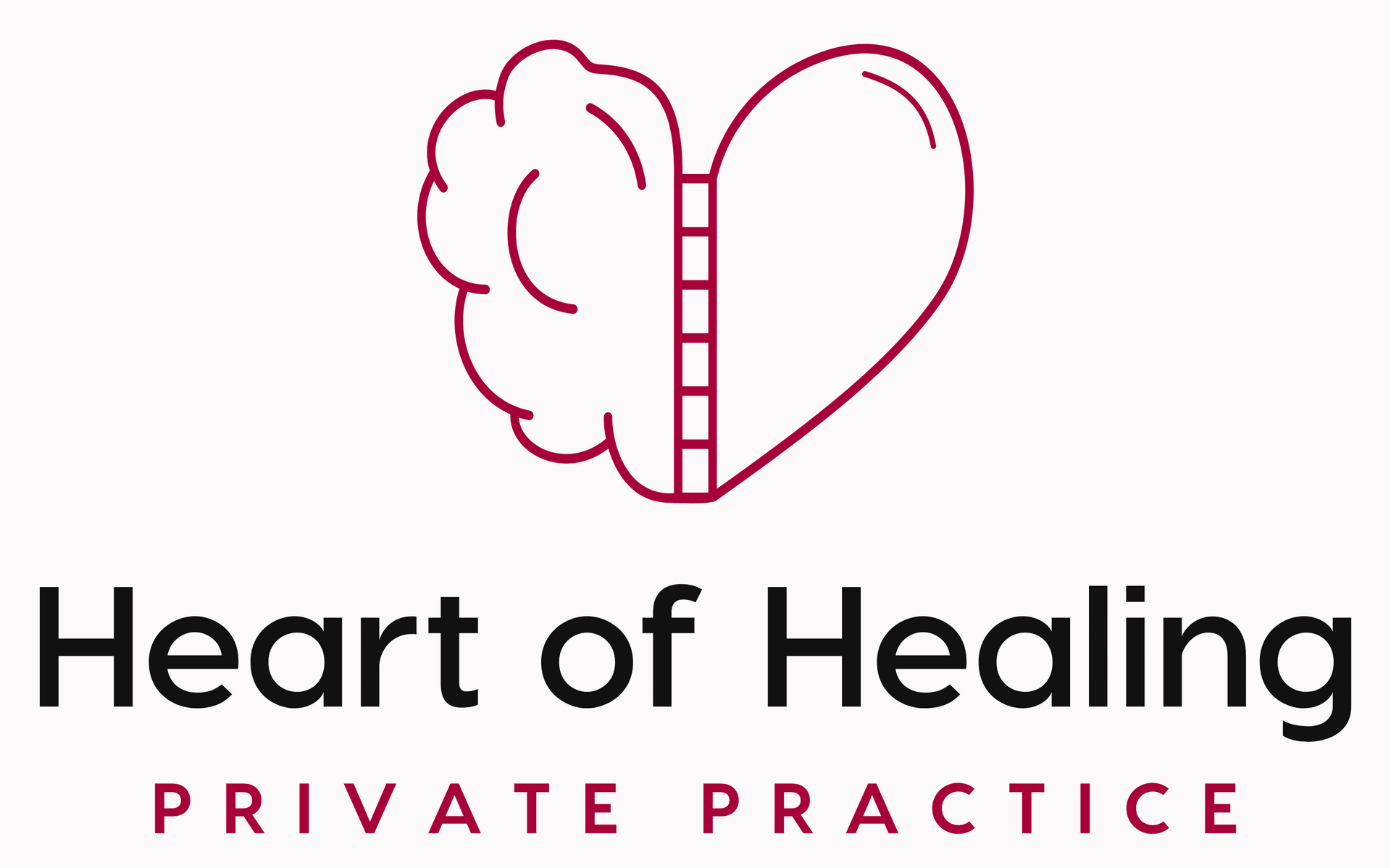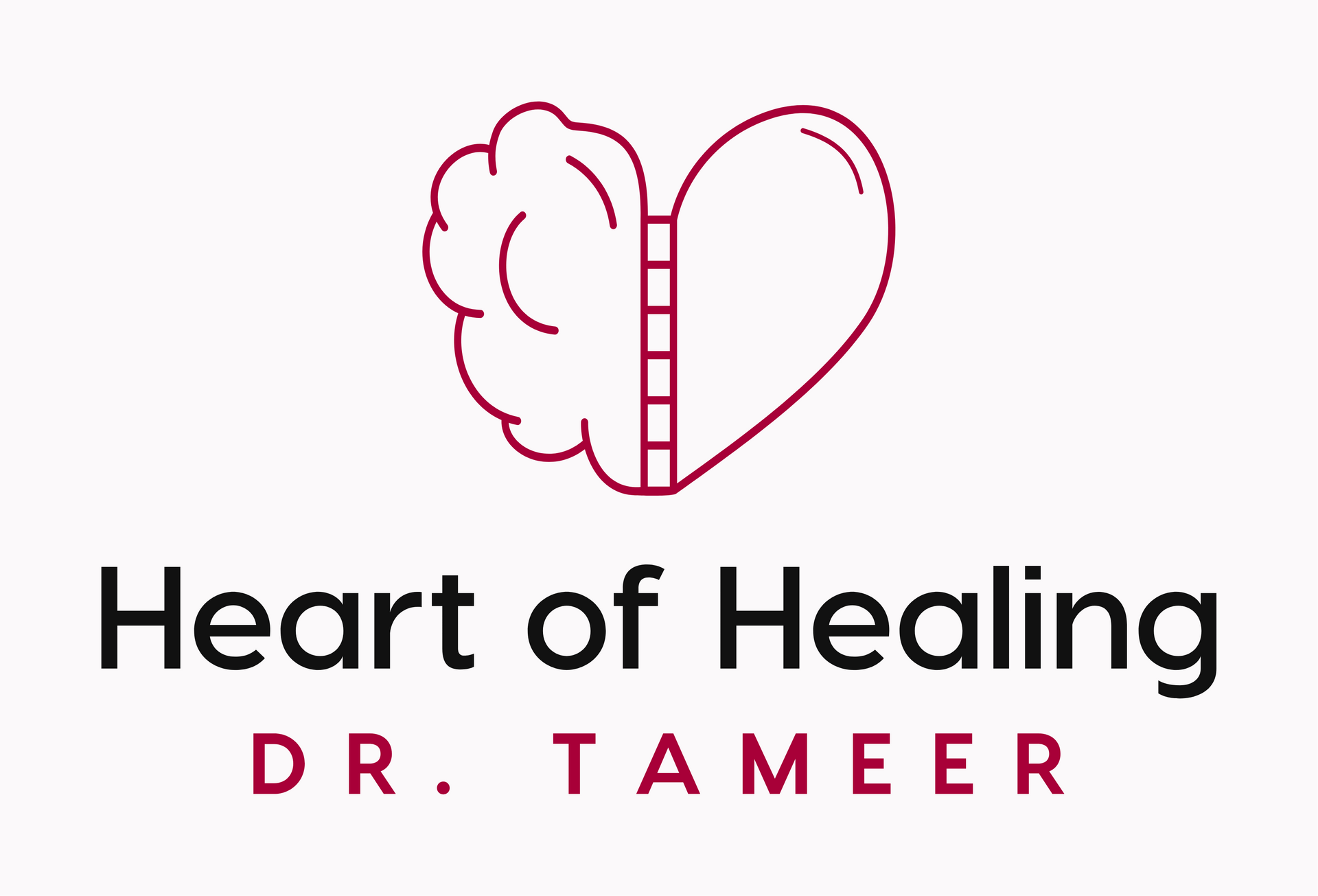Here there is something for everyone
An integrative therapeutic approach where the opportunities to heal are endless
Sequencing Therapeutic Activities in a neuro-developmental manner
We meet you where you are at. If someone has dysregulation in their brainstem—an area of the brain that mediates functions such as heart rate and metabolism—interventions will be most effective if they are rhythmic and sensory, because that’s the kind of input that regulates that part of the brain. If, however, someone’s main difficulty is dealing with self-blame for trauma they have experienced and they are already pretty well-regulated, then that would suggest the cortex is the part of the brain most likely to benefit from intervention, pointing toward a more verbal method of treatment such as CBT or CPT. Here's another visual to help solidify this bottom-up approach: lets see it!
Window of Tolerance
Do you ever find your emotions hard to cope with? For everyone there is a range of situations in which they can feel comfortable enough. This is your window of tolerance. Not everybody is the same though: an experience that is OK for somebody else might not feel OK for you, and things like stress and trauma can mean that you are more easily nudged outside your comfortable range.
The width of your window can flunctuate throughout the day – things like stress and tiredness can make it narrower. An important first step is to learn how to get back into your comfortable zone when you have been triggered. After that it can be useful to learn how to widen your window so that you can comfortably cope with more situations.
Polyvagal Theory through an attachment lens
Our early childhood experiences create implicit memories that form a blueprint- shaping our nervous systems for how we think, behave and (re)act as adults.
With unhealed trauma we unconsciously relive these patterns when our threat response is activated, so we might withdraw or lash out in hurt, sadness, anger or even self-harm.
Unprocessed, those feelings, can build up, creating a pattern of trauma and conflict that hinders productive communication, and shuts down opportunities for healing and repair.
This shutdown along with resentment and frustration also makes it even more difficult for us to find language to ask for help which means this unresolved "cycle of stuckness" can go on for years.
When we understand how our past has shaped our nervous system and how this impacts present relationships, we can better predict how our nervous system might influence our behaviors, feelings and thoughts as adults.
Healing at this root level means moving back to safety(ventral) to begin healing emotional and relational wounds. from the nervous system!
Source: psych.monicavogt
Somatic Resourcing
A resource is something that helps you soothe, settle and find a sense of ease and goodness.
It supports us to come back into the here and now and helps us anchor, instead of getting lost in the past or present. If you have a history of trauma, it can be especially difficult to stay anchored in the present because the past is more vivid and intrusive.
Resources will change as we heal. While we build internal capacity and nervous system flexibility, resourcing can be advantageous and supportive, but we have to do it responsibly. If we are always resourcing to override uncomfortable emotions or sensations, that can get in the way of healing and feeling the uncomfortable stuff that we must feel if we want to heal.
Resourcing for every state and every person is unique and different depending on the activation we are feeling. Curiously explore what brings you a sense of more ease and goodness and a little closer to your ventral state of feeling anchored in the present moment, connected and safe.
NOTE: “Regulating resources” can certainly support the healing process, however, we do find that this is not a replacement for working with the physiology to grow capacity and regulation from the ground up (as is the case when someone has a history of early trauma) and to work with stored survival responses.
Source: psych.monicavogt
Attachment-focused
Our clients take an assessment that focuses in on their attachment dynamics with their parents, siblings, friends, significant others, as well as their general response to people in their life. Together we review their attachment profile, explore their relationship history, and develop strategies to improve their interpersonal effectiveness to develop a more secure, stable attachment style.
Parts Work
Parts work is a kind of therapy that addresses differences and conflicts in “agendas” between parts that are usually responsible for gridlock in your emotional healing.
Most of us have parts, and it does not mean that you have different selves, rather that you are human. Working with your inner parts allows you to uncover core emotional wounding and integrate these "inner child" parts with the present adult self. What was once fragmentation becomes integration between elements of self that have been buried and version of self that is most resilient. When this occurs, you access a newfound ability to shine, connect and relate- to self, others and the world.
CBT-DBT-ACT
Cognitive Behavioral Therapy (CBT) focuses primarily on exploring the relationships between an individual’s thoughts, feelings, and behaviors. Doing this can help the client identify unhealthy patterns of thought and what ways these patterns may be causing them to engage in maladaptive behaviors.
Dialectical Behavior Therapy (DBT) emphasizes validation; allowing individuals to come to terms with their problematic thoughts, emotions, and actions so that change no longer appears to be impossible. The work is about striking a balance between acceptance and change.
Acceptance and Commitment Therapy (ACT) focuses on using acceptance and mindfulness strategies alongside commitment and behavior change strategies to ultimately increase an individual’s psychological flexibility. What this accomplishes is that it grounds clients in the present moment and teaches them to be fully conscious. It also teaches them to adapt their behavior according to their chosen values and live a fulfilling life in ways that mean the most to them.
Stumbled upon our ads on social media?
Check out our
High Ticket Offer
*individuals must meet specific criteria to apply*















